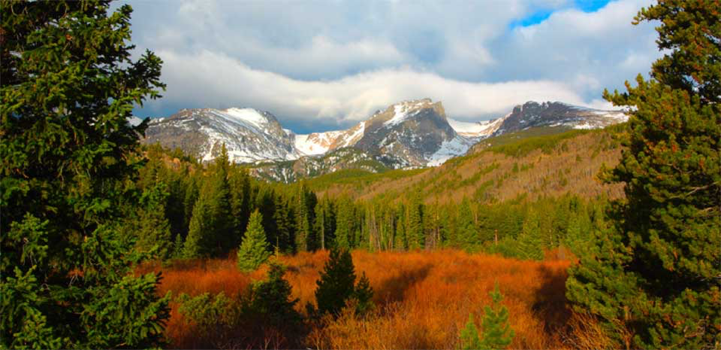______________________________________
HOME| Back to ESL OER
_______________________________________
EDU134 - Teaching ESL to Adults: A course leading to Colorado’s ABEA Certification
Red Rocks Community College, Spring 2016 (Leecy Wise, Instructor)
Getting to Know Colorado's National Parks
Designed by Sarah Folzenlogen |
||||||||||||||||||||||||||||||||||||||||||
| I. NTRODUCTION | Our beautiful state of Colorado is home to many national parks, monuments and historical sites. When we visit these places, we can learn more about our history and the plants and animals that live here. Visiting parks can be a fun and inexpensive vacation for families, and helps keep these beautiful places open for future generations. During this Web Quest, you will learn about the history of national parks in the United States. You will find out information about four different parks in Colorado. You will also plan a trip for your family to one of our parks. |
|||||||||||||||||||||||||||||||||||||||||
| II. TASK | In this project, you will complete the following tasks:
|
|||||||||||||||||||||||||||||||||||||||||
| III. PROCESS | Step 1: Go to the following websites: Read about how our national parks were created. Fill in the timeline to describe what happened during each of these dates in national park history. In MS Word or similar application create and turn the completed chart into the instructor by the next class.
Step 2: Visit https://www.nps.gov/state/co/index.htm and find the list of national parks and monuments in Colorado. Choose four different parks or monuments that you would like to find out more about. Step 3: Click on each park's webpage. Under the "Plan Your Visit" tab. Create the table below in MS Word or a similar applications. Find out the information and complete the first four columns in the chart.
Step 4: On each webpage, click under the "Learn About Your Park" tab and then "Nature." Find the names of two wildlife species (plant or animal) that you could encounter in the park. Complete this information in the last column of the chart. Turn in your completed chart to your instructor by the next class. Step 5: Using Google images, find a photo of each of the wildlife species. Step 6: Print out or, if you are an artist, draw the photos and attach them to index cards. Put the photo of the wildlife on one side and the name of the wildlife species on the other. There should be eight cards in total. Be sure to use proper spelling. Step 7: With a partner, share your flashcards and teach each other about the names of plants and animals that you learned about. At the end of class, turn in your flashcards to your instructor. |
|||||||||||||||||||||||||||||||||||||||||
| IV. RESOURCES | This Web Quest was created with information provided by the National Parks Service and PBS. All of the websites and resources you need are included in each step of the Web Quest. You may also find this website useful, as you complete your final assignment: www.americansouthwest.net/colorado/ |
|||||||||||||||||||||||||||||||||||||||||
| V. CONCLUSION | After learning about some of the different parks in Colorado, you are ready to plan a three day trip for your family! This will be your final homework assignment once you have completed the rest of the Web Quest. You can submit the assignment in paragraph form or as an outline, but it must answer the following questions. Write your sentences carefully to include correct spelling and punctuation.
After all the assignments have been completed, each person will share their trip plans with the class to practice our speaking and presentation skills. |
|||||||||||||||||||||||||||||||||||||||||
| VI. EVALUATION |
|
|||||||||||||||||||||||||||||||||||||||||
| VII. TEACHER NOTES |
|
|||||||||||||||||||||||||||||||||||||||||
![]()
